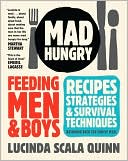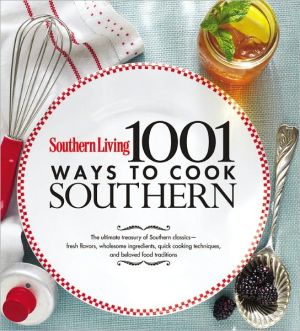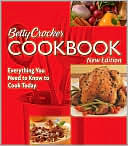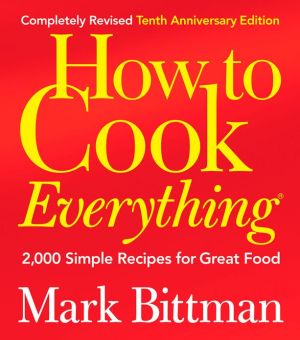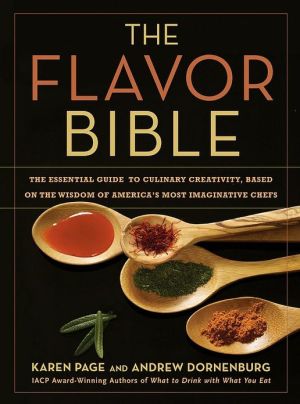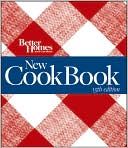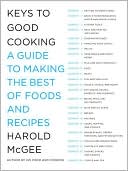Nutrition for the Culinary Arts
The consummate culinarian needs to understand the interplay of nutrition and culinary preparation. The science and art of the nutrition and culinary professions are combined for the reader in Nutrition for the Culinary Arts.\ Food is an integral part of the culinary and nutrition professions. Nutrition for the Culinary Arts shows how the foods we eat contribute to our health and to the enjoyment of our lives. It's the perfect combination of vitamins and veloute.\ Features include:\ \...
Search in google:
Combining the science of nutrition with the art of culinary professions, this book provides a balanced overview of culinary nutrition. It contains the needed background for the design of healthy menus and recipes, the marketing of healthy food programs, and the training of food-service staff in healthy preparation and service techniques.Chapter topics include carbohydrates; fats; protein; vitamins, minerals, and water; nutrition and activity; food safety; and ethnic cuisine.For nutrition counselors and culinary arts professionals.
Why do hospitality, food service management, and culinary students need to study nutrition? The answer is simple. People need to eat. People like to eat. People would like to eat foods that taste good and that are good for them (or at least, not bad for them).\ Another part of this simple explanation is that nutrition sells. You will have a difficult time finding a menu that does not have a bit of "nutrition" on it. Steak houses are adding grilled fish items, seafood restaurants are adding vegetarian entrees and bakeries are adding sugar-free and low-fat items to their traditional product lines. If you want to do nutrition, then you have to understand it.\ This book was written to given an overview of culinary nutrition. It will provide the background you need to design healthy menus, write healthy recipes, market healthy food programs, and train food-service staff in healthy preparation and service techniques.\ In each chapter you will find:\ \ Chapter Overview: a guide to covered topics\ Objectives: as you read through the chapter, glance back at the objective questions and see if you can understand them\ FYI: topical culinary nutrition subjects\ Critical Application Exercises: real-life nutrition problems to be solved with the information found in each chapter\ Nutri-Words: to help build your nutrition vocabulary\ Whaddaya Think?: you should be able to answer these nutrition thought-provoking questions after reading and reviewing the chapter.\ \ You will also find margin notes, side bars, tables, and charts to enhance chapter information. The appendices provide supplementary information that will be useful to you in the class room and on the job.\ Nutrition is a very broad science, touching aspects of biology, chemistry, physiology and psychology. To convey the message of good nutrition to the public, the culinarian needs to have a handle on a bit of all these sciences. This text will guide you through the right balance of nutrition and food service.\ This text is the culmination of twenty years of teaching culinary nutrition at community colleges and universities, health care facilities, corporate hotels, correctional facilities and cruise ships in the United States, above the Arctic Circle and at the Equator to culinary Olympians, executive chefs, food service executives, culinary and nutrition students, homeless shelter volunteers, and firefighters. Their input was invaluable in including information that is timely and useful in the world of culinary arts and food service. I would also like to thank the following reviewers for their invaluable suggestions and comments: Mary Tabacchi, Cornell School of Hospitality Management; Debra May Louis, DTR, Long Beach City College; Teresa L. Boehr, George Fox University; Joan Aronson, New York University; James Mbugua, California State Polytechnic University, Pomona; Connie Holt, Widener University; Kelly Kohls, University of Nebraska-Lincoln; Lesley Johnson, Ph.D., RD, University of Nevada Las Vegas; and Robert M. Zeit, M.D.
1. Introducing Nutrition. 2.Thinking Nutrition. 3. The First and Last Anatomy Lesson. 4. Carbohydrates. 5. Fats. 6. Protein. 7. Vitamins, Minerals, and Water. 8. Nutrition and Activity. 9. Food Safety. 10. Ethnic Cuisine. 11. Putting It All Together: Healthy Menu Planning. Appendix 1. RDA and RDIs. Appendix 2. BMI Height/Weight Chart. Appendix 3. Exchange Lists for Meal Planning. Index.

